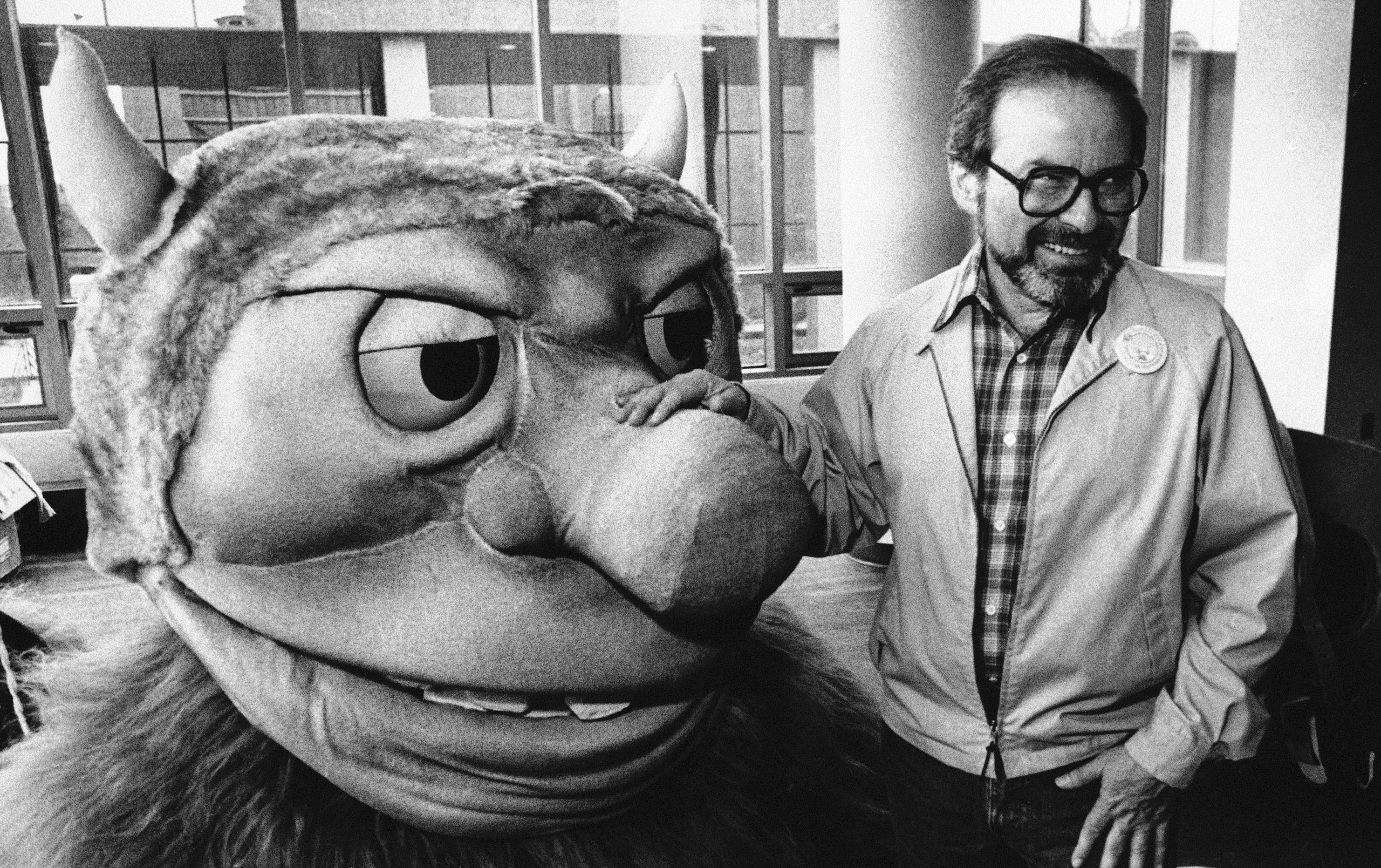Maurice Sendak, the author-illustrator whose vision irrevocably changed the landscape and texture of children's literature, died at 83 on Tuesday in Connecticut. He was best known for the seminal "Where the Wild Things Are" published in 1963, but his reputation rests, as well, on the more than 100 books he illustrated and the more than a dozen others he wrote during a prolific career. His influence spanned generations and borders -- and likely will continue to do so.
Indeed, Sendak's "Where the Wild Things Are," a best seller as soon as it was published, continues to sell well and remains a model for present-day illustrators. It certainly was for a young Mary GrandPre. She later illustrated the best-selling "Harry Potter" books in a dark but engaging style that owes much to Sendak's work.
Sendak's works have been widely translated, sold tens of millions of copies and garnered just about every honor in the world of children's literature and illustration. President BIll Clinton awarded him the National Medal of Arts in 1996 and his peers named him winner of both the Caldecott Medal and the Hans Christian Andersen Award, the industry's most prestigious.
Sendak was the first illustrator of books for children to break from the tradition of portraying everything as sweetness and light, turning instead to a darker palette and vision that gave voice to the real fears and concerns that children often face. Though he was famous for his curmudgeonly ways, Sendak was endlessly fascinated by children and their thoughts and actions. "I like interesting people and kids are especially interesting people," he once told an Associated Press reporter. "And if you don't paint them in little blue, pink and yellow, it's even more interesting."
There's no denying that Sendak's view of children, their thoughts and actions was interesting. In "Where the Wild Things Are," "In the Night Kitchen" and "Outside Over There," he touched on fantastical themes that stretched the imagination and that, he said, ultimately helped kids to tame their fears and conquer their emotions. His work was not universally accepted.
Some libraries, schools and communities tried to ban his work, arguing that it was disruptive and corrupting. Through it all, he kept illustrating and writing -- including "Chicken Soup With Rice," "Pierre," "Brundibar" and "The Sign on Rosie's Door." The latter inspired both "Really Rosie," a beloved 1975 TV special featuring Carole King's music, and an off-Broadway musical. He also designed sets and costumes for operas and other productions in his instantly identifiable style.
Sendak often pooh-poohed his fame. His story, he said, was simple: "Brooklyn boy grows up and succeeds in his profession, period." The truth, of course, is that his life and work were far more complex and interesting than he intimated. Generations of beguiled children and parents can attest to that.

